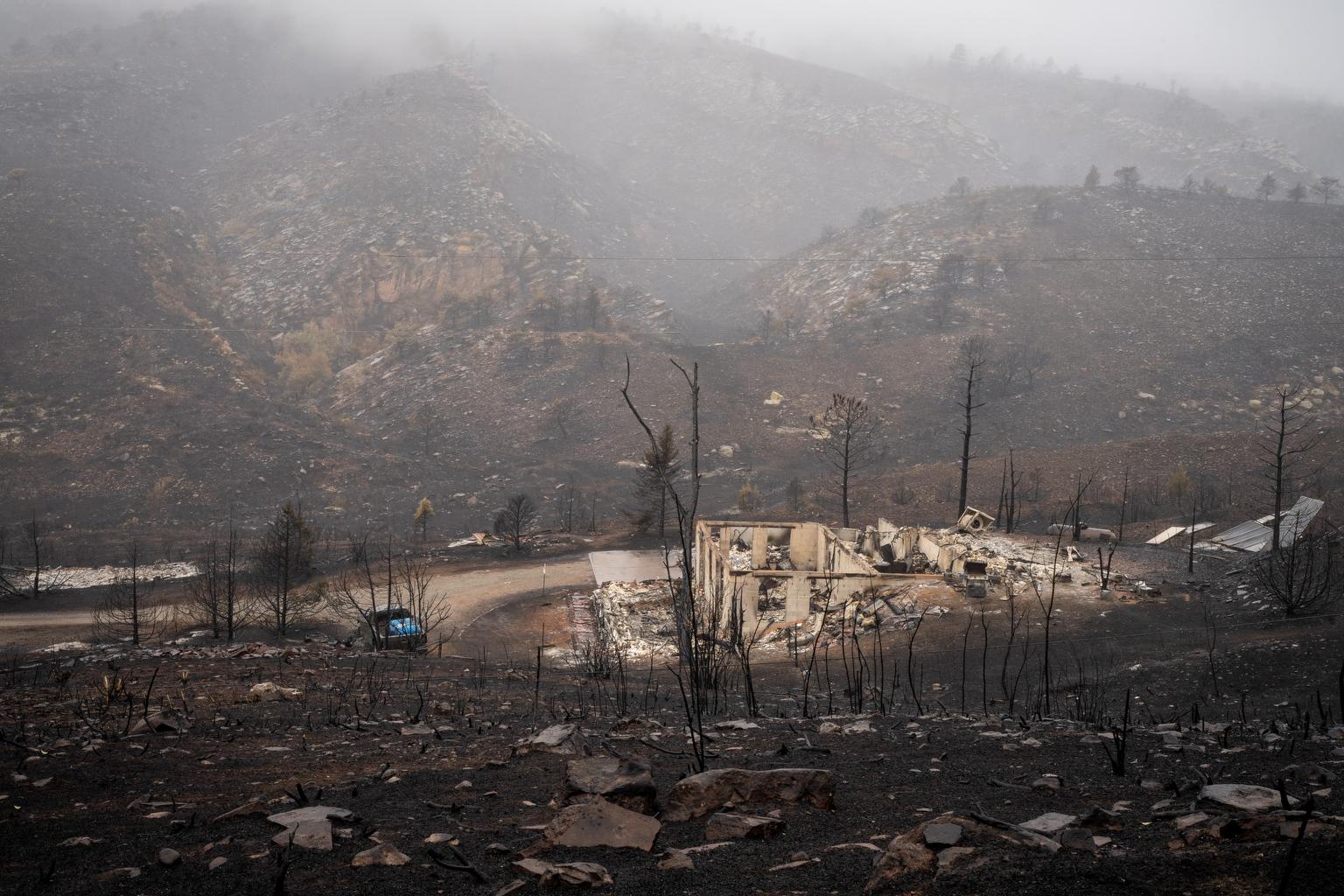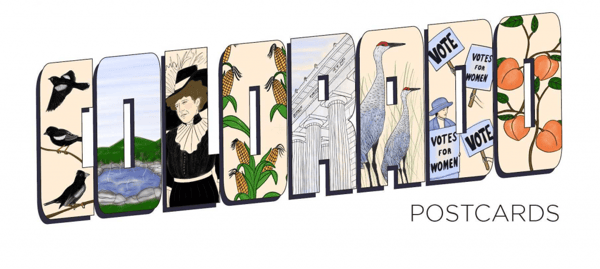
This week on Looking Up Venus entertains the Beehive Cluster in a celestial gathering of lovely and luminous objects.
Have you been wondering what that really bright star-like thing is in the western sky after sundown? Well, it’s the planet Venus, the third brightest thing in our sky, after the Sun and the Moon.
Venus, as we’ve discussed before, isn’t a very hospitable place to visit, as it is about 900 ℉, the air pressure is akin to being under 1000 feet of water, and oh, it might be raining sulfuric acid. But it is pretty from afar, and tonight and tomorrow night, it is paying a visit, so to speak, to one of the prettiest things in the sky, the Beehive Cluster. No one really knows how it got the name Beehive. Ancient astronomers called it a cloud of mist. It is actually a group of up to 1000 young stars that formed together out of a massive cloud of dust and chemicals a few hundred million years ago.
The cluster is visible to the naked eye, and it’s really easy to find when Venus is right next to it for a few days. Take a look, and if you have even small binoculars, you’ll see upwards of a couple hundred bright sparkly stars shining brilliantly. The cluster is about 575 light years away, about 20 million times farther away than Venus, but tonight, they look like neighbors.
If you’d like to take a closer look at the Beehive, Venus, or any of the other wonderful and amazing things in the sky, please visit csastro.org for a link to information on our monthly meetings and our free public star parties!








